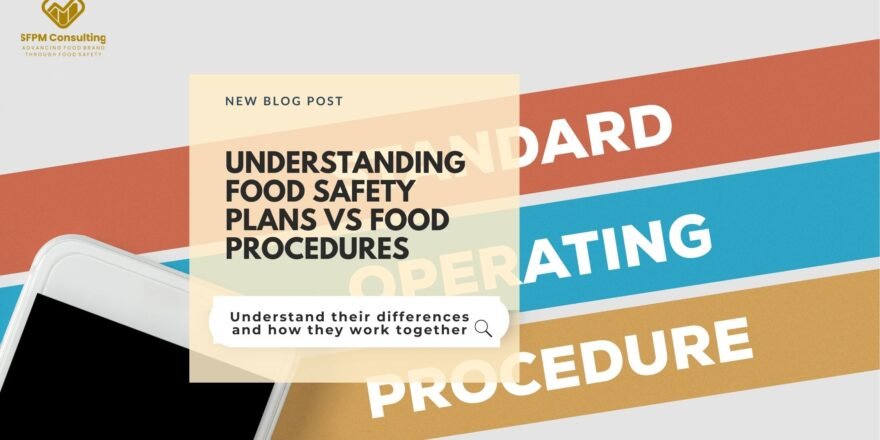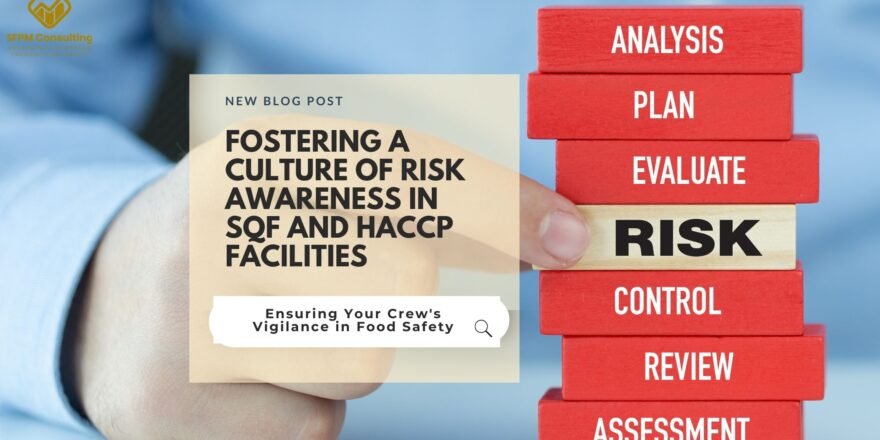As we look ahead to 2025, the food industry continues to evolve rapidly, with changes driven by technology, sustainability concerns, and shifting consumer preferences.
With a growing global population and increasing concerns about food security, how we produce, consume, and think about food is undergoing a profound transformation.
This article explores the key trends for 2025, including technological advancements in food production, packaging innovations, personalized nutrition, plant-based and lab-grown foods, and the environmental impact of these changes. Let’s dive into the exciting developments that will shape the future of food.
Technology in Food Production for 2025
Technology is at the forefront of revolutionizing food production. Precision farming, vertical farming, and the use of drones and satellite imagery are transforming how we grow crops. These innovations allow for more efficient use of resources, reduced environmental impact, and increased crop yields. Automation and robotics are enhancing production processes, while artificial intelligence helps develop new food flavors and textures. Even 3D printing is being used to create customized food products.
On the consumer side, technology is reshaping how we access food. Online grocery shopping, meal delivery apps, and the use of blockchain technology for transparency in the food supply chain are all part of this transformation. In the near future, drone deliveries and autonomous vehicles may become the norm, offering convenience and efficiency like never before.
2025 Innovations in Food Packaging and Preservation
As sustainability takes center stage, the demand for eco-friendly food packaging is on the rise. Companies are developing biodegradable packaging materials and using plant-based alternatives to reduce plastic waste. Smart packaging technologies are being employed to monitor food conditions during storage and transportation, reducing spoilage and improving food safety.
Active packaging, which releases antimicrobial agents or absorbs gases, extends the shelf life of perishable items, reducing food waste. Packaging designs are also focusing on convenience for consumers, with easy-open seals and resealable closures becoming more common.
The Rise of Plant-Based and Lab-Grown Foods in 2025
Plant-based and lab-grown foods are emerging as significant trends for 2025. With increasing concerns about animal welfare, environmental sustainability, and health, consumers are seeking alternatives to traditional meat and dairy products. Plant-based meats, made from ingredients like soy and pea protein, mimic the taste and texture of meat while being more environmentally friendly. Similarly, plant-based dairy alternatives, such as almond and oat milk, continue to grow in popularity.
Lab-grown meat, created by culturing animal cells in a lab, offers a more sustainable solution to meat production without the ethical concerns of animal slaughter. Though still in the early stages of development, lab-grown meat holds the potential to transform the food industry by offering real meat without the environmental downsides of livestock farming.
Personalized Nutrition and Food Delivery in 2025
Personalized nutrition is gaining traction as technology enables more tailored dietary plans based on individual needs. Data analytics and artificial intelligence allow companies to analyze consumer behavior and preferences, offering customized meal plans and food recommendations. This trend goes hand in hand with the rise of customized meal delivery services, where consumers can receive fresh, tailored meals based on their health goals and dietary requirements.
Furthermore, e-commerce platforms and mobile apps are making it easier to access a wide variety of foods. This trend is expected to grow with innovations like drone deliveries and autonomous vehicles bringing fresh produce directly to consumers’ doors.
Personalized nutrition is gaining traction as technology enables more tailored dietary plans based on individual needs. Data analytics and artificial intelligence allow companies to analyze consumer behavior and preferences, offering customized meal plans and food recommendations. This trend goes hand in hand with the rise of customized meal delivery services, where consumers can receive fresh, tailored meals based on their health goals and dietary requirements.
Furthermore, e-commerce platforms and mobile apps are making it easier to access a wide variety of foods. This trend is expected to grow with innovations like drone deliveries and autonomous vehicles bringing fresh produce directly to consumers’ doors.
Are you looking towards drone delivery or excited to receive one? Imagine if you can get your groceries delivered to your balcony floor (top floor), left secure (with the right temperature), ready for you when you arrive home.
Environmental Impact and Sustainable Practices Continue in 2025
The future of food is closely tied to the environmental sustainability of food production. As concerns about climate change grow, there is a strong push for regenerative farming practices that reduce greenhouse gas emissions and promote biodiversity. These methods not only help the planet but also produce nutritious food and support rural communities.
Reducing food waste is another crucial area of focus. With approximately one-third of all food produced globally going to waste, companies are working on innovative solutions, such as composting initiatives and packaging technologies that extend the shelf life of perishable foods. Circular economy principles are also being applied, where food by-products are upcycled and waste is minimized.
The Future of Food: Challenges and Opportunities in 2025
As we look toward 2025, the food industry faces both challenges and opportunities. Global food security remains a concern as the population grows and resources become scarcer. Innovations like alternative protein sources and sustainable farming practices are key to addressing these challenges. However, malnutrition and diet-related diseases also require attention, with improved nutrition education and healthier food options becoming priorities.
Technology, sustainability, and collaboration between public and private sectors offer opportunities for a more efficient, transparent, and equitable food system. By embracing these innovations, we can work toward a future where everyone has access to nutritious food while also protecting the environment for future generations.
Final Thoughts
The year 2025 promises to bring exciting changes to the way we produce, distribute, and consume food. From technological advancements to the rise of plant-based and lab-grown foods, the food industry is on the verge of a transformation that will benefit both people and the planet. As we continue to explore innovative solutions and sustainable practices, we have the opportunity to build a food system that is more resilient, equitable, and sustainable for future generations.


